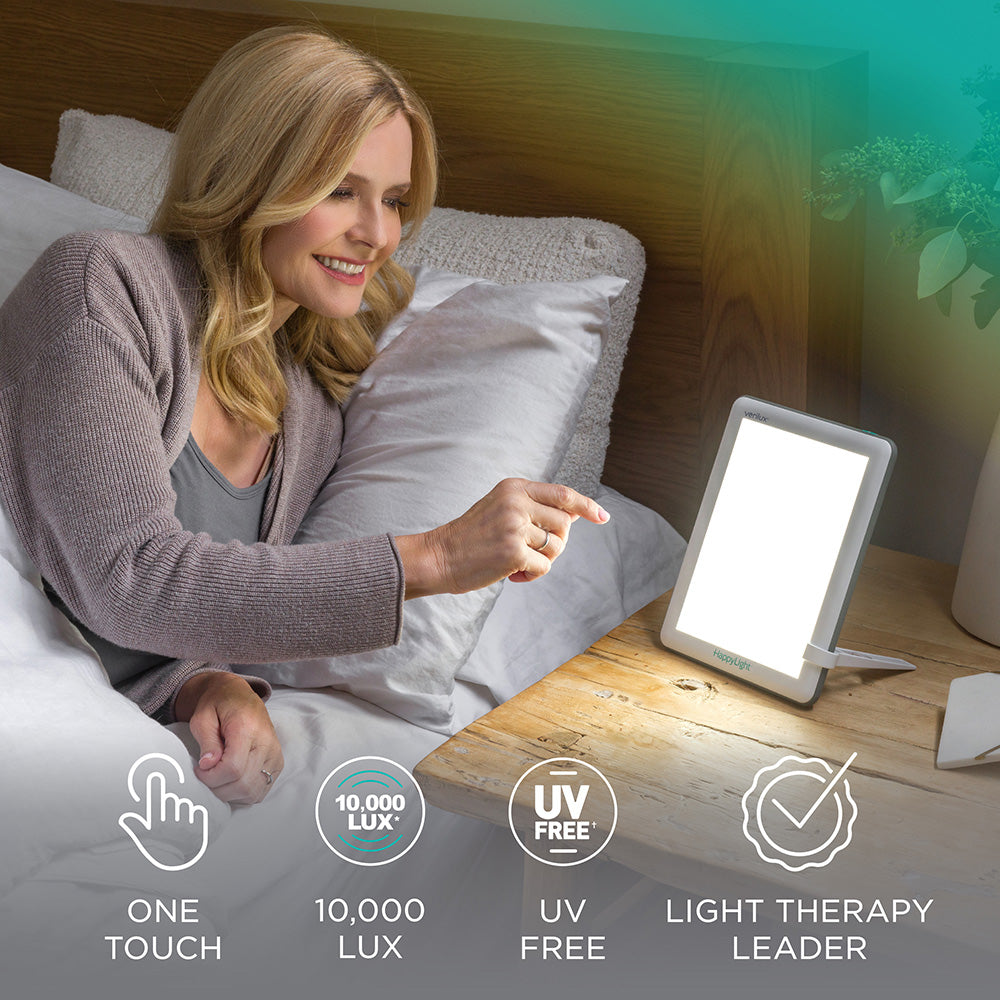Originating the Future of Health: A Closer Consider Photobiomodulation
Wiki Article
Opening the Prospective of Photobiomodulation: A Promising Strategy for Therapeutic Treatment
Are you interested about the capacity of photobiomodulation for healing intervention? Visualize a circumstance where a person experiencing persistent discomfort finds relief via a non-invasive therapy that utilizes light. This is precisely what photobiomodulation offers. It is an encouraging strategy that utilizes the power of light to promote recovery and lower inflammation in various clinical conditions. By targeting details cellular processes, photobiomodulation has shown prospective in increasing injury recovery, lowering discomfort, and promoting tissue regeneration. In this introduction, we will explore the mechanisms of action, applications in medicine, and the current evidence supporting the effectiveness of photobiomodulation. Furthermore, we will go over future instructions and prospective difficulties in unlocking its full capacity as a healing treatment.Comprehending Photobiomodulation
To comprehend photobiomodulation, you need to grasp the principle of exactly how light therapy can directly influence mobile processes in your body. Photobiomodulation, also called low-level light treatment, is a non-invasive treatment that utilizes details wavelengths of light to boost biochemical reactions in your cells. When exposed to these light wavelengths, your cells soak up the power and convert it right into cellular energy, referred to as adenosine triphosphate (ATP) This rise in ATP manufacturing results in a cascade of mobile reactions, consisting of improved metabolic process, improved circulation, and increased manufacturing of collagen and other healthy proteins.The restorative impacts of photobiomodulation are far-reaching and have actually been examined extensively in different medical fields. It has actually shown promising results in advertising tissue fixing and regeneration, decreasing swelling, eliminating discomfort, and improving wound recovery. Photobiomodulation has been located to have a favorable impact on neurological conditions, such as stressful brain injury and stroke, by stimulating neural task and advertising neuroplasticity.
Unlike various other therapies, photobiomodulation does not trigger or create any warm cells damages. It is essential to keep in mind that photobiomodulation must be administered by qualified specialists or according to the maker's directions to make sure ideal results and safety.

Devices of Activity
In understanding the devices of activity, you will find just how photobiomodulation straight influences mobile procedures via particular biochemical responses. When light is used to the body, it is soaked up by chromophores, such as cytochrome c oxidase and flavins, which exist in the mitochondria. This absorption brings about a waterfall of occasions that ultimately lead to mobile changes.Among the crucial mechanisms of activity is the stimulation of ATP manufacturing. Photobiomodulation boosts the activity of cytochrome c oxidase, an essential enzyme in the mitochondria that is associated with the electron transport chain. This raised task results in the manufacturing of more ATP, the major power currency of the cell. As a result, mobile metabolic rate is boosted, promoting cells repair work and regeneration.
Additionally, photobiomodulation has actually been shown to modulate cellular signaling paths. It activates various development factors and indicating molecules, such as nitric oxide and responsive oxygen species, which play vital roles in procedures like angiogenesis, swelling, and cell expansion. These signaling pathways add to the healing results of photobiomodulation, promoting tissue healing and minimizing discomfort and swelling.
Applications in Medication
Discover the wide-ranging applications of photobiomodulation in medication. Photobiomodulation, also referred to as low-level light therapy, is a non-invasive treatment that makes use of light to promote and promote cellular processes healing. In medicine, this strategy has shown appealing outcomes throughout different fields.Among the key applications of photobiomodulation is in discomfort management. photobiomodulation laser. It has been utilized to minimize both acute and chronic discomfort, including bone and joint conditions, neuropathic pain, and post-operative discomfort. By targeting the damaged area with details wavelengths of light, photobiomodulation can minimize inflammation, promote cells repair service, and offer alleviation
In addition, pbm therapy photobiomodulation has revealed possible in injury recovery. It can accelerate the healing process by enhancing cell spreading, promoting angiogenesis, and minimizing mark tissue development. This has significant ramifications in the treatment of chronic wounds, such as diabetic person ulcers and pressure sores.
In dermatology, photobiomodulation has been utilized for its anti-inflammatory and regenerative effects. It can improve the look of marks, lower acne sores, and stimulate hair development in conditions like androgenetic alopecia.
Moreover, photobiomodulation has actually revealed guarantee in neurorehabilitation. It can enhance cognitive feature, boost electric motor recovery, and help in the therapy of neurodegenerative diseases like Alzheimer's and Parkinson's.
Professional Proof and Research Searchings For

In the field of musculoskeletal conditions, photobiomodulation has been discovered to lower discomfort and swelling, enhance series of motion, and speed up cells repair work. Research studies have demonstrated its effectiveness in dealing with conditions such as osteoarthritis, tendinopathies, and muscle mass pressures. In addition, photobiomodulation has shown favorable effects on wound recovery by advertising collagen fibroblast, angiogenesis, and synthesis proliferation. This makes it an useful tool in the management of chronic wounds, diabetic abscess, and medical cuts.
Additionally, research study has revealed that photobiomodulation can have neuroregenerative and neuroprotective impacts. It has actually been discovered to improve cognitive function, lower neuroinflammation, and boost neuronal survival and synaptic plasticity. This has important effects for the therapy of neurological conditions such as Alzheimer's disease, Parkinson's disease, and stroke.
Future Instructions and Prospective Difficulties
Moving onward, it is essential to take into consideration the future directions and possible challenges surrounding the use of photobiomodulation as a healing intervention. Currently, there is no consensus on the ideal wavelength, strength, period, and frequency of photobiomodulation therapy.One more important future instructions is the advancement of portable and cost-efficient photobiomodulation gadgets. While current gadgets work, they are usually large, pricey, and require specialist supervision - pbm therapy. The advancement of cost effective and user-friendly gadgets would greatly improve access to this therapy, enabling more people to gain from its potential restorative results
Additionally, future research study needs to concentrate on illuminating the devices underlying photobiomodulation. Despite its growing popularity, the precise devices by which photobiomodulation exerts its restorative impacts are not totally recognized. Understanding these mechanisms would not just improve our expertise of the treatment but also aid in the advancement of even more targeted and reliable treatments.
Nonetheless, there are additionally possible challenges that require to be dealt with. pbm therapy. These consist of the demand for standard protocols, the requirement for properly designed medical trials with bigger example dimensions, and the demand for lasting follow-up studies. Additionally, regulatory and safety considerations must be taken right into account to make sure the efficient and secure use photobiomodulation in scientific technique.
Conclusion
In verdict, photobiomodulation holds wonderful pledge as a therapeutic treatment in medicine. Its devices of action and clinical proof suggest its possible for treating numerous conditions. Additional study is needed to totally understand its advantages and address any type of potential difficulties. With continuous research studies and innovations in this area, photobiomodulation has the possible to open brand-new opportunities for enhancing individual results.Are you interested concerning the potential of photobiomodulation for restorative treatment? By targeting details mobile processes, photobiomodulation has shown possible in increasing wound healing, minimizing discomfort, and advertising cells regrowth.Additionally, photobiomodulation has actually revealed possible in injury recovery.Relocating forward, it is essential to think about the potential difficulties and future directions surrounding the use of photobiomodulation as a restorative treatment. With continuous research studies and improvements in this area, photobiomodulation has the possible to open brand-new opportunities for enhancing individual end results.
Report this wiki page